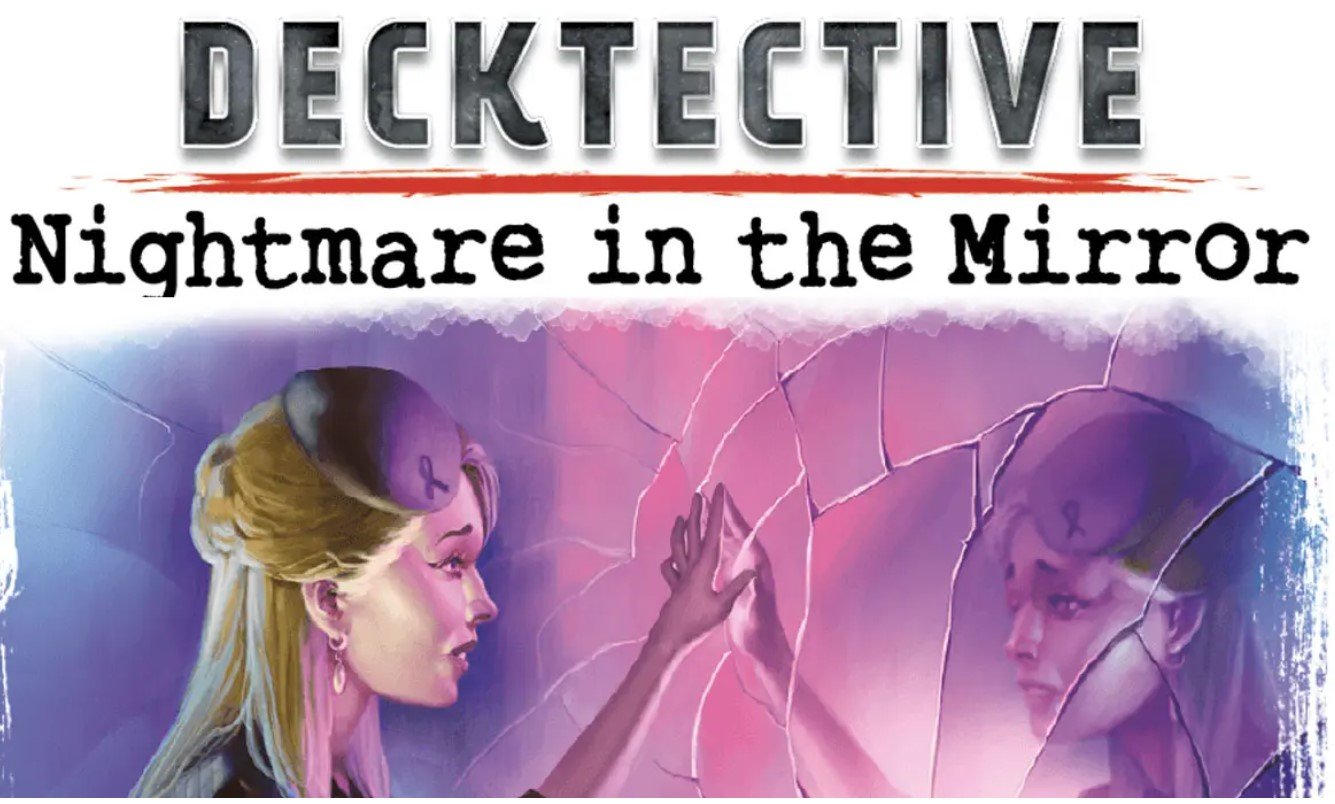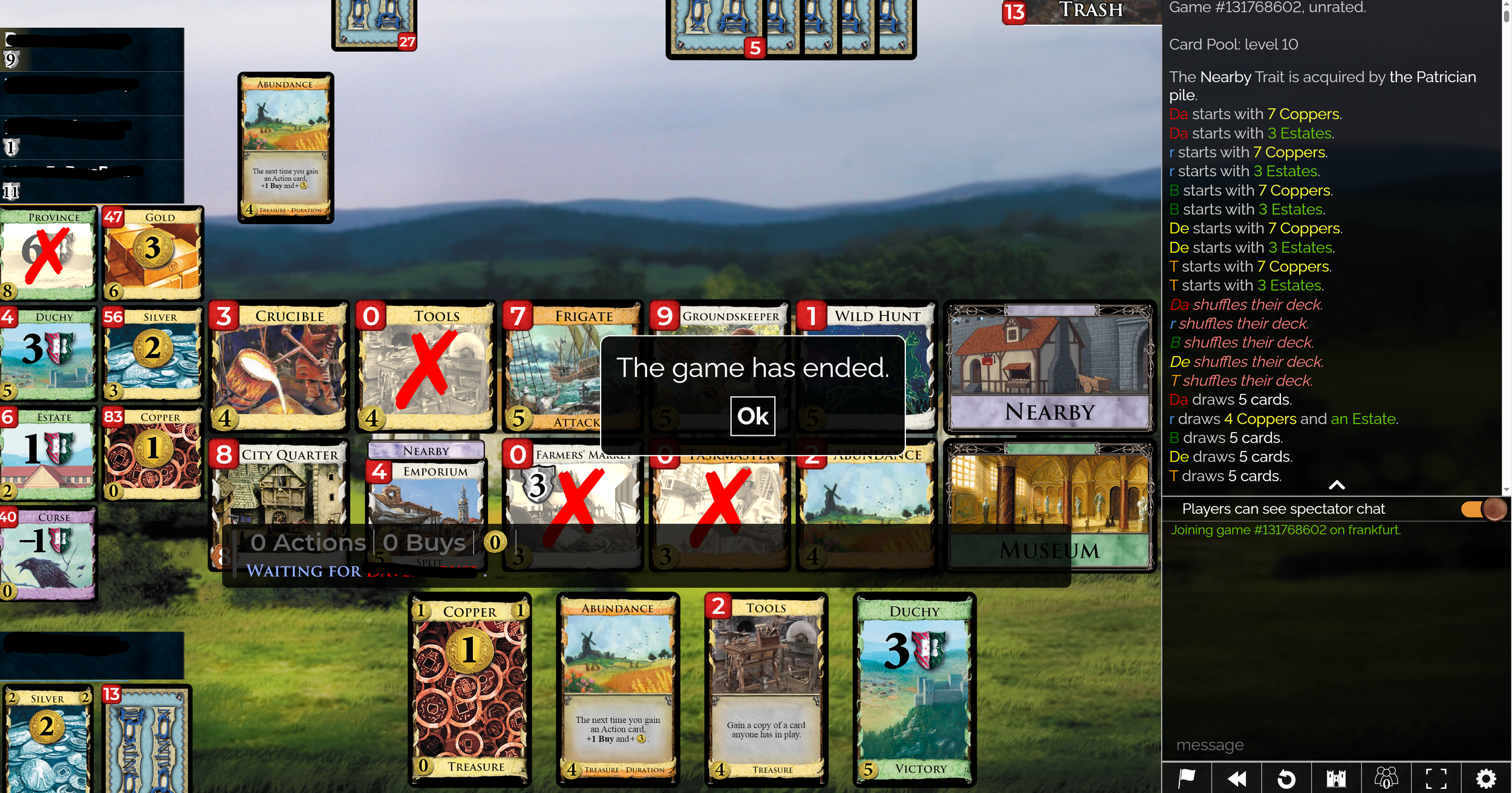Today I got asked the question “What is the future of work?” by Kofi at Radio Humberside. There’s a lot of concern about the machines taking over. I thought I’d write down what I was thinking.
Humans won’t be replaced by machines. Some human roles will be replaced by some machines. We really need to have a grown up discussion of the role of work in a fulfilled life. Perhaps that will mean holding back on automation. If people don’t have jobs to do, how will they get fulfilment?
Work will be different. We’ll use machines for the “easy” stuff and save the people for the hard bits. Knowing things might not be enough to get on in the world. Being able to describe things might not be enough. Being able to program might not be a long-term thing either, as machines get better at understanding what we want. I’ve got serious doubts about programs written by AI, but AI does make a great “keen assistant” which means we might need program writers. Not knowing about the new tools is not a plan. Figuring out how to use them is. Learn how to talk to the new AI. And get good at asking the machines questions. You can get a lot more out of them by asking your questions in the right way.
Just like electronic keyboards and music sequencers let lots of people into the music business back in the day, tools like ChatGPT can help people with ideas but nowhere to take them. If you need a business plan, a product description or even a devil’s advocate to spot flaws, then you should use AI. Keep having ideas. Keep doing things. Keep putting yourself out there. Look at everything you do and ask “How can I build my brand from this”. Don’t prepare to do one thing, prepare to do lots of things. And do lots of things to find out which ones you like.
And make you keep up to speed with the bad things that new technology makes possible. If you can use AI to write a business plan, you can also use it to write very plausible and personalised lies. And you can add very persuasive fake pictures and video too. The world is filling up with untruths and the people that distribute them don’t seem to care. So be careful out there..




















